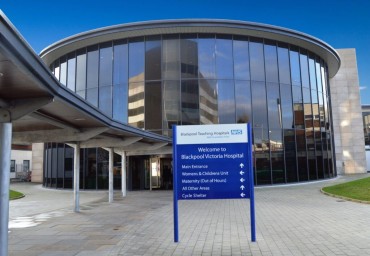Endoscopy is a procedure involves using a camera to look inside the body.
The camera (endoscope) is a long, thin, flexible tube that has a light and camera lens at one end. It is assed into your body through a natural opening, such as your mouth, and images of the inside of the body are shown on a television screen.
Your GP may refer you for an endoscopy if you're having certain symptoms and there are different types of endoscopy that look at different parts of the body. The type of endoscopy you have will depend on your symptoms.
Click on the buttons below to learn more about the different endoscopy procedures:
A Colonoscopy is a test that allows a Doctor to look directly at the whole of the large bowel (colon).
This test can help to find out what is causing your bowel symptoms or other conditions. The alternative to a colonoscopy is a barium enema, a type of X-ray that does not include treatment or provide biopsies.
What to expect
In order to do this, a flexible tube (the thickness of a finger) with a light on the end of it is carefully passed through the anus into the rectum and large bowel. This can be briefly uncomfortable as bends in the colon are negotiated.
To allow a clear view, your bowel needs to be completely empty and that is why it is important to follow our instructions and diet sheet carefully.
The Doctor will give you an injection in your arm to make you drowsy and relaxed. A Nurse will be with you throughout the test pictures and samples (known as biopsies) may be taken and sometimes, small fleshy knobs on the lining of the bowel, which are known as polyps, can be removed.
In some cases an enema may also be given prior to examination.
After the test
You will be allowed to rest for approximately one hour and given biscuits and a soft drink of your choice. When the effects of the injection have worn off arrangements will be made for you to return home. Any information will be given to you in writing.
Because of the sedative you have had, it is essential that someone collects you to take you home. The effects of the sedative can last longer than you think so you should not drive, drink alcohol, operate machinery or sign legal documents for the rest of the day.
A sigmoidoscopy is a test that allows the Doctor to look directly at the lower end of the large bowel (colon).
In order to do the test, a sigmoidoscope (flexible tube about the thickness of a finger with a light on end) is carefully passed though the anus into the large bowel.
What to expect
Your bowel needs to be empty to allow a clear view. To do this an enema will be given before the examination. An enema is a small amount of fluid placed in the rectum to help clear the bowel. There will be an empty toilet available.
The test lasts about five minutes and is carried out with you on your left side and your knees bent. You may get a sensation of wanting to go to the toilet but as the bowel is empty there is no danger of this happening. A Doctor and Nurse will be with you throughout the test.
After the test
After a short rest and a soft drink you can go home. You may feel a little bloated with wind pains but these usually settle quite quickly. A sigmoidoscopy is a very safe examination. The risk of complications - such as bleeding, perforation or infection - is less than one in 1,000 examinations. If you do experience bleeding or severe abdominal pain after the examination you should report back to the hospital or your GP. If you have been in contact with any infectious diseases, please contact the Gastroenterology Department as soon as possible on 01253 303708



